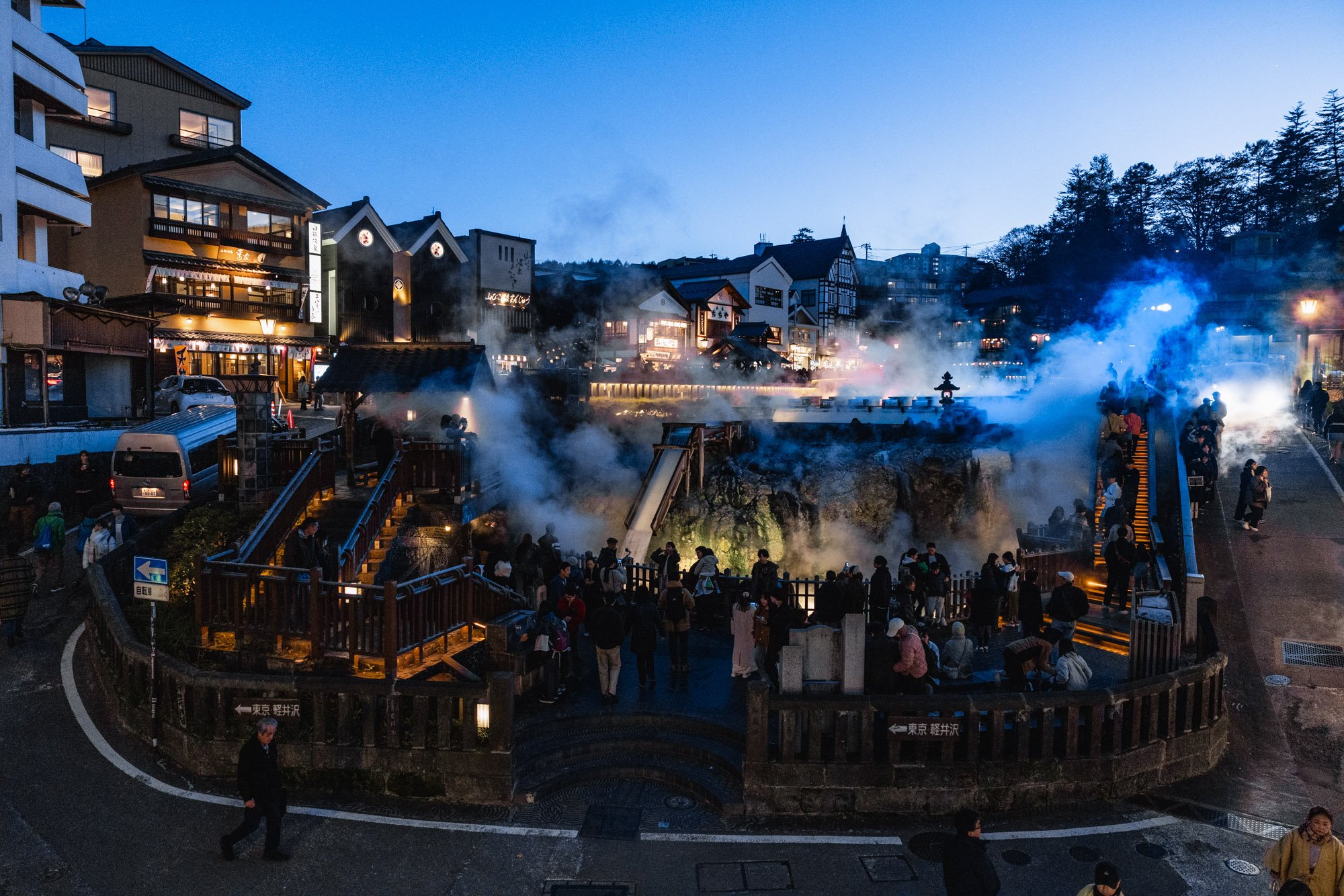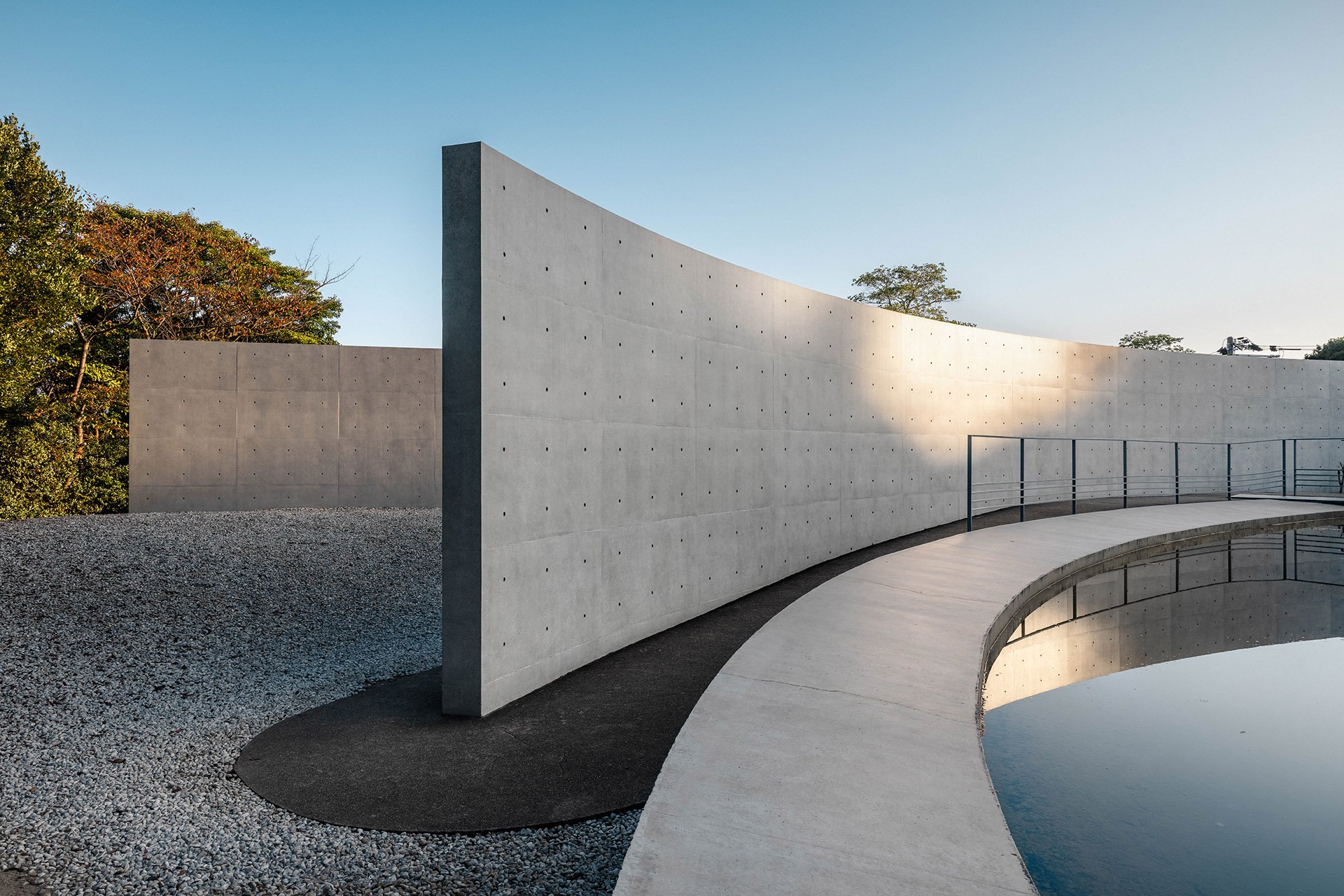The Complete Guide to Hiking the Kumano Kodo, Wakayama
Wander through the ancient pilgrimage trails of the Kumano Kodo, where nature, history and culture combine in the spiritual heartland of Japan. The UNESCO World Heritage designated route leads you through towering sacred forests, waterfall-laced mountains and remote hot spring hideaways. Once a pathway for heavenly emperors and religious pilgrims, the Nakahechi Route sprawls east to west along the mountainous Kii Peninsula, navigating through mossy pine forests lined with ancient Buddhist jizo statues, as well as the Nachi Waterfall, Japan’s tallest and most iconic falls, the stacked red pagoda of Seiganto-ji Temple, and Kumano Hongu Taisha, fronted by Japan’s tallest torii gate and surrounded by giant cedar trees.
Kumano Kodo Nakahechi Route
Once a spiritual route that took 30 days on foot from the ancient capital of Kyoto, the Kumano Kodo Nakahechi Route is now accessible to everyone looking for a path to self-discovery. The thousand-year-old path winds through the mountains and is made up of seven trails, which lead to a trifecta of sacred shrines which lie at the summit: Kumano Hayatama Taisha, Kumano Nachi Taisha and Kumano Hongu Taisha. Along the routes are also ninety-nine smaller shrines, cascading waterfalls, rushing rivers and towering forests on all sides. While purists may want to do things the hard way, there is a service that can carry your bags to the top to lighten the load.
Kumano Kodo Daimon-zaka
An endlessly rewarding workout, Daimon-zaka is an incredible cobblestone staircase that winds its way from the valley floor to the aforementioned Kumano Nachi Taisha Shrine, Seiganto-ji Temple and Nachi waterfall. The 600-metre stone staircase has 267 individual steps, taking you on a journey through part of the Kumano Kodo pilgrimage route. As you near the top of the slope, you’ll catch your first glimpse of Nachi Waterfall thundering into a pool below, beside a distinctive red, tiered pagoda. On the way back down, spend time admiring the surroundings, as you pass through a forest of dense Japanese cedars, cypress, and camphor trees, as well as bamboo groves that have stood for centuries.
Discover more lesser-known destinations, bucket list experiences and unique hotels in my brand new guidebook, Views from Japan.
Seiganto-ji Temple
Perched close to the steeply dropping Nachi Falls, Seiganto-ji Temple is a three-storey cherry-red temple attached to the Kumano Nachi Taisha Shrine. The oldest surviving structures in the Kumano area, this site has various rooms, courtyards and statues to admire. However, many come to enjoy the astounding views over the falls, where each day, a Shinto priest makes an offering to this important natural wonder. For the best panorama, head for the viewing area at Seiganto-ji, which sits just behind the parking area, for the classic photo of the temple and falls together.
Nachi Waterfall
With a dramatic drop of 133 metres, Nachi is Japan’s tallest waterfall and one of the country's most notable natural landmarks. It’s a UNESCO World Heritage Site and is known as one of Japan’s three great waterfalls due to its height and spiritual significance. You can’t get much closer than the viewing area, as surfaces can be slippery, but the spray of the falls is said to bring longevity and good fortune to those who feel it. Worshipped by locals who believe it is home to a Shinto deity, there is also the chance to drink water from the falls to bring a long, healthy life.
Kumano Hongu Taisha
In the final stage of your pilgrimage to the Land of the Gods, you'll arrive at the Kumano Hongu Taisha, fronted by Japan's tallest torii gate and surrounded by giant cedar trees. The shrine's impressive size is a testament to its significance as the head shrine of over 3000 Kumano shrines across Japan. Said to enshrine three deities and the sun goddess, Amaterasu, Kumano Hongu Taisha originally stood in a different location which was all but swept away in floods. Its new location at Oyu no Hara is home to the world’s largest torii gate, made of solid steel and often lit up for festivals and celebrations.
Pro tip: August is the best time to visit to witness the Yata-no-Hi Fire Festival, which involves fireworks, music and a flaming shrine.
Where to Stay
Kumano Bettei Nakanoshima
Backed by the gentle sounds of the Katsuura Bay, Kumano Bettei Nakanoshima sits on its own private island. The ryokan hotel, inspired by the “Luxury of Silence”, boasts 44 Japanese and Western-style rooms, with the newly constructed "Nagi-no-sho" rooms featuring open air baths and ocean views. Guests can enjoy highly seasonal kaiseki cuisine celebrating local produce in the on-site restaurant, and for an unforgettable experience, arrive by air and embark on a bespoke helicopter tour (from Osaka or Kyoto), flying above sacred temples and the Kumano Kodo road.
Related post: 6 Remote Hotels For Your Next Trip to Japan
Tips & Tricks for a Visit to Wakayama
Dress Comfortably — Wear comfortable shoes and lightweight, breathable clothing suitable for walking and hiking, and potentially changing weather.
Show Respect — Observe proper etiquette when visiting sacred places, and also on the trail.
Get a Map — While the Kumano Kodo trails are well-marked, it's always a good idea to have route-specific maps; there are also apps for this.
Check for Closures — Weather and landslides can affect trails and roads, so always check beforehand.
Carry Cash — Especially in villages, many places do not accept credit cards, and places to exchange money are few.
Learn Some Basic Japanese — While English is not widely spoken in rural areas, a few basic Japanese phrases can be very helpful.
Eat Local — Wakayama is known for its fresh seafood, especially Katsuo no tataki (seared bonito).
Reserve Accommodations Early — Wakayama can get busy, especially during peak seasons. It's a good idea to book your accommodations in advance to ensure availability.
Try Kishu Plum Wine — Sample this local specialty made from plums grown in the region. It's a sweet and tart treat.
Purchase a Kumano Kodo Pilgrim Passport — If you plan to hike the Kumano Kodo, consider getting a pilgrim passport, which you can stamp at various locations along the way to create a memorable souvenir of your journey.
Best Time to Visit
The best time to visit Wakayama and experience the beauty of the Kumano Kodo is during spring (April to May) and autumn (October to November). These seasons offer pleasant temperatures ranging from 15-25ºC. Rainfall on the Kumano Kodo is relatively consistent throughout the year, but certain months tend to experience higher precipitation. The rainy season typically occurs from late spring to early summer, specifically in June and July. During this period, rainfall is more frequent, and it's advisable to be prepared for wet conditions.
How to Get There
From Tokyo, flights go directly to Nanki-Shirahama Airport, Wakayama Prefecture’s main airport (taking around 75 minutes) and from Kyoto, by JR Limited Express to Kii-Tanabe station, taking around 3 hours one way. From Nanki-Shirahama Airport, you can easily reach central Shirahama via a 20-minute bus journey, as well as several rental car options available at the airport. For access from Kyoto and Osaka, take the JR Tokaido Shinkansen from Tokyo to Shin-Osaka where trains run hourly to Kii-Tanabe Station on the west coast of Wakayama Prefecture. From Kii-Tanabe, local buses and taxis provide transportation to various trailheads and points along the Kumano Kodo.
Affiliate Disclosure: Please note this post may contain affiliate links. By purchasing via these links, I may earn a small commission at no additional cost to you. It’s a big help to keep this site up and running and I only promote products and services that I personally use and trust. Thanks!
Are You Ready to Discover Japan, Minus the Crowds?
Are you tired of seeing the same over-crowded locations in Japan? I’ve spent five years exploring all corners of the country and now reveal everything I have learnt in my brand new travel guidebook. In Views from Japan, I take you on a journey through unique architectural destinations, under-the-radar neighbourhoods and timeless countryside hotels, as well as revealing my most trusted insider travel tips and so much more.

















